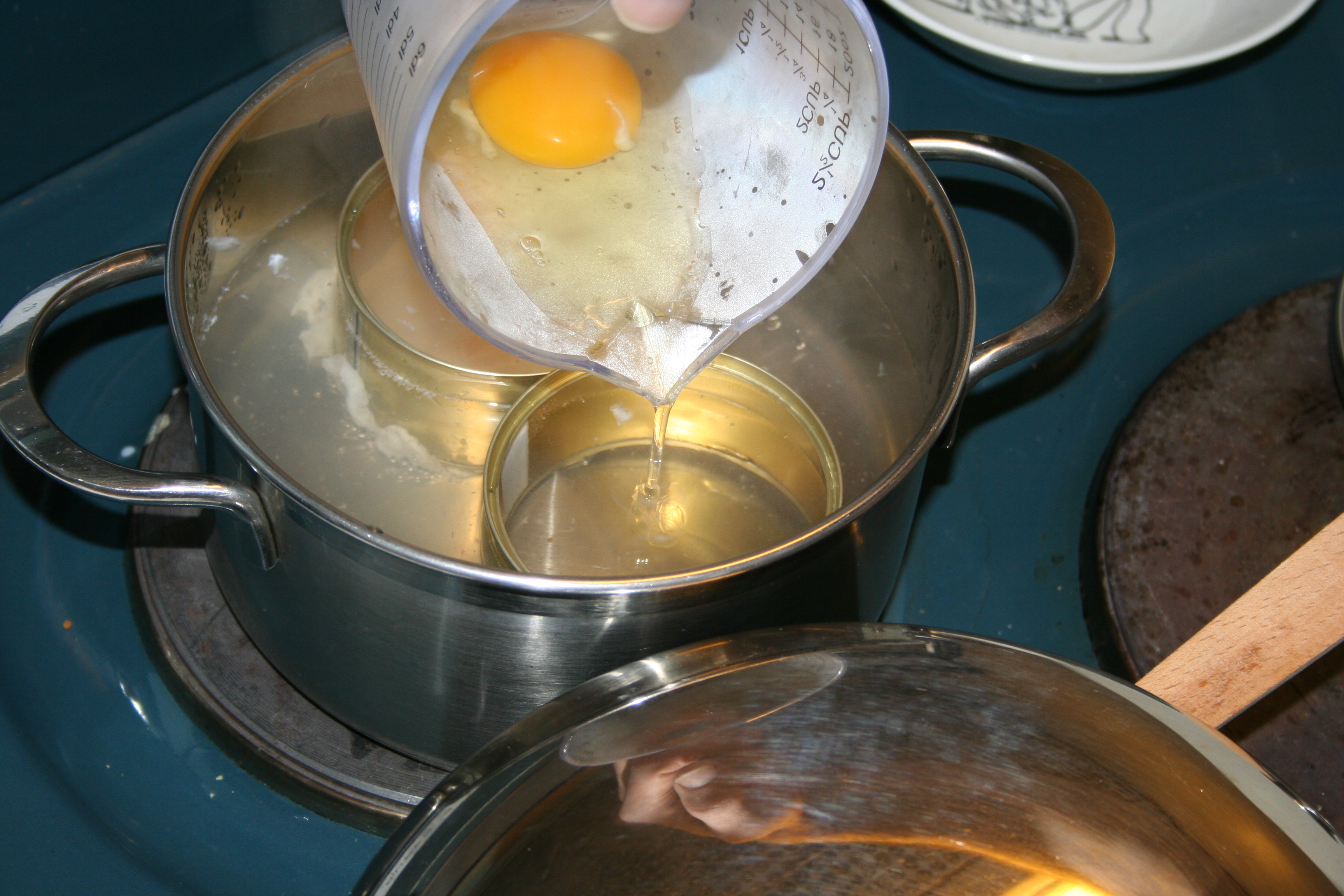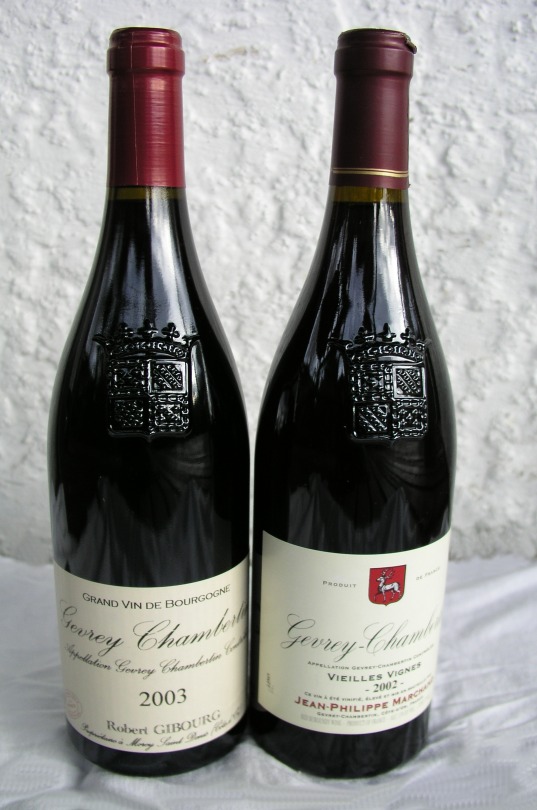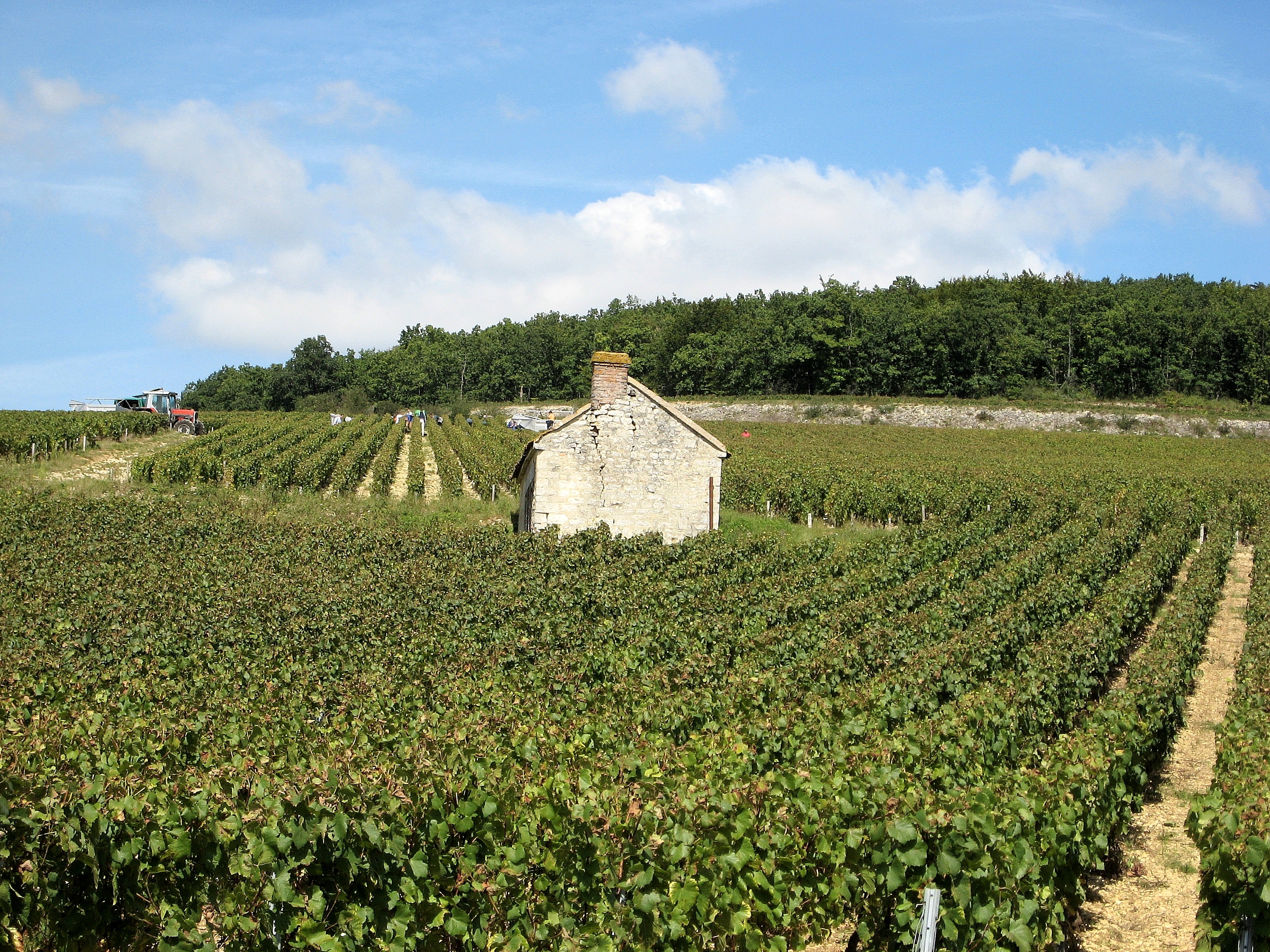|
Oeufs En Meurette
Oeufs en meurette are a traditional dish from Burgundian cuisine based on poached eggs and meurette sauce or bourguignon sauce. Description The dish is made with poached eggs accompanied by a meurette sauce/bourguignon sauce (made up of Burgundy red wine, bacon, onions and shallots browned in butter and''Larousse gastronomique''. Paris: Larousse-Bordas, 1998, p. 670. served with toasted garlic bread. See also * Burgundy wine * Egg (food) * List of brunch foods * Poached egg A poached egg is an egg that has been cooked, outside the shell, by poaching (or sometimes steaming), as opposed to simmering or boiling. This method of preparation can yield more delicately cooked eggs than cooking at higher temperatures such as ... References External links Recipe for Eggs Meurette (French Wiki Books - in French)* Vin et cuisine (French Wiki - in French) * Cuisine bourguignonne (French Wiki - in French) Egg dishes Culture of Burgundy {{meat-stub ... [...More Info...] [...Related Items...] OR: [Wikipedia] [Google] [Baidu] |
Burgundy
Burgundy (; french: link=no, Bourgogne ) is a historical territory and former administrative region and province of east-central France. The province was once home to the Dukes of Burgundy from the early 11th until the late 15th century. The capital of Dijon was one of the great European centres of art and science, a place of tremendous wealth and power, and Western Monasticism. In early Modern Europe, Burgundy was a focal point of courtly culture that set the fashion for European royal houses and their court. The Duchy of Burgundy was a key in the transformation of the Middle Ages toward early modern Europe. Upon the 9th-century partitions of the Kingdom of Burgundy, the lands and remnants partitioned to the Kingdom of France were reduced to a ducal rank by King Robert II of France in 1004. The House of Burgundy, a cadet branch of the House of Capet, ruled over a territory that roughly conformed to the borders and territories of the modern administrative region of Burgundy. U ... [...More Info...] [...Related Items...] OR: [Wikipedia] [Google] [Baidu] |
Poached Egg
A poached egg is an egg that has been cooked, outside the shell, by poaching (or sometimes steaming), as opposed to simmering or boiling. This method of preparation can yield more delicately cooked eggs than cooking at higher temperatures such as with boiling water. Preparation The egg is cracked into a cup or bowl of any size, and then gently slid into a pan of water at approximately 75° C (167 °F) and cooked until the egg white has mostly solidified, but the yolk remains soft. The "perfect" poached egg has a runny yolk, with a hardening crust and no raw white remaining. In countries that mandate universal salmonella vaccination for hens, eating eggs with a runny yolk is deemed safe for consumption. Broken into water at the poaching temperature, the white will cling to the yolk, resulting in cooked egg white and runny yolk. Any given chicken egg contains some egg white that is prone to dispersing into the poaching liquid and cooking into an undesirable foam. To prevent this, ... [...More Info...] [...Related Items...] OR: [Wikipedia] [Google] [Baidu] |
Meurette
is: *a red wine sauce cooked with bacon, onions, shallots, mushrooms and various spices. This sauce used in ''oeufs en meurette'' and many other preparations in French cuisine French cuisine () is the cooking traditions and practices from France. It has been influenced over the centuries by the many surrounding cultures of Spain, Italy, Switzerland, Germany and Belgium, in addition to the food traditions of the re .... *a regional term for the fish stew with the generic name matelote.Montagné, pp. 612–613 References Sources * * {{France-cuisine-stub French sauces Stews ... [...More Info...] [...Related Items...] OR: [Wikipedia] [Google] [Baidu] |
Burgundy Red
Burgundy is a dark red-purplish color. The color burgundy takes its name from the Burgundy wine in France. When referring to the color, "burgundy" is not usually capitalized. The color burgundy is similar to Bordeaux (#4C1C24), Merlot (#73343A), Berry (#A01641), and Redberry (#701f28). Burgundy is made of 50% red, 0% green, and 13% blue. The CMYK percentages are 0% cyan, 100% magenta, 75% yellow, 50% black. The first recorded use of "burgundy" as a color name in English was in 1881. __TOC__ Variations Vivid burgundy In cosmetology, a brighter tone of burgundy called vivid burgundy is used for coloring hair. Old burgundy The color ''old burgundy'' is a dark tone of burgundy. The first recorded use of ''old burgundy'' as a color name in English English usually refers to: * English language * English people English may also refer to: Peoples, culture, and language * ''English'', an adjective for something of, from, or related to England ... [...More Info...] [...Related Items...] OR: [Wikipedia] [Google] [Baidu] |
Shallot
The shallot is a botanical variety (a cultivar) of the onion. Until 2010, the (French red) shallot was classified as a separate species, ''Allium ascalonicum''. The taxon was synonymized with ''Allium cepa'' (the common onion) in 2010, as the difference was too small to justify a separate species. As part of the onion genus ''Allium'', its close relatives include garlic, scallions, leeks, chives, and the Chinese onion. Names The name "shallot" comes from Ashkelon, an ancient Canaanite city, where Classical-era Greeks believed shallots originated. The term ''shallot'' is usually applied to the French red shallot (''Allium cepa'' var. ''aggregatum'', or the ''A. cepa'' Aggregatum Group). It is also used for the Persian shallot or ''musir'' (''A. stipitatum'') from the Zagros Mountains in Iran and Iraq, and the French gray shallot ('' Allium oschaninii'') which is also known as ''griselle'' or "true shallot"; it grows wild from Central to Southwest Asia. The name ''shallo ... [...More Info...] [...Related Items...] OR: [Wikipedia] [Google] [Baidu] |
Burgundy Wine
Burgundy wine ( or ') is made in the Burgundy region of eastern France, in the valleys and slopes west of the Saône, a tributary of the Rhône. The most famous wines produced here, and those commonly referred to as "Burgundies," are dry red wines made from pinot noir grapes and white wines made from chardonnay grapes. Red and white wines are also made from other grape varieties, such as gamay and aligoté, respectively. Small amounts of rosé and sparkling wines are also produced in the region. Chardonnay-dominated Chablis and gamay-dominated Beaujolais are recognised as part of the Burgundy wine region, but wines from those subregions are usually referred to by their own names rather than as "Burgundy wines". Burgundy has a higher number of ' (AOCs) than any other French region, and is often seen as the most '-conscious of the French wine regions. The various Burgundy AOCs are classified from carefully delineated ' vineyards down to more non-specific regional appellations. ... [...More Info...] [...Related Items...] OR: [Wikipedia] [Google] [Baidu] |
Egg (food)
Humans and human ancestors have scavenged and eaten animal eggs for millions of years. Humans in Southeast Asia had domesticated chickens and harvested their eggs for food by 1,500 BCE. The most widely consumed eggs are those of fowl, especially chickens. Eggs of other birds, including ostriches and other ratites, are eaten regularly but much less commonly than those of chickens. People may also eat the eggs of reptiles, amphibians, and fish. Fish eggs consumed as food are known as roe or caviar. Bird and reptile eggs consist of a protective eggshell, albumen ( egg white), and vitellus ( egg yolk), contained within various thin membranes. Egg yolks and whole eggs store significant amounts of protein and choline, and are widely used in cookery. Due to their protein content, the United States Department of Agriculture formerly categorized eggs as ''Meats'' within the Food Guide Pyramid (now MyPlate). Despite the nutritional value of eggs, there are some potential health issues ... [...More Info...] [...Related Items...] OR: [Wikipedia] [Google] [Baidu] |
List Of Brunch Foods
This is a list of brunch foods and dishes. Brunch is a combination of breakfast and lunch eaten usually during the late morning but it can extend to as late as 2 pm and 8 pm on the East Coast, although some restaurants may extend the hours to a later time. The word is a portmanteau of ''breakfast'' and ''lunch''. Brunch originated in England in the late 1800s, served in a buffet style manner, and became popular in the United States in the 1930s. Brunch foods and dishes The following foods are often served for brunch. * Avocado toast * Bacon * Bagel – in New York City, the "bagel brunch" was popular circa 1900. The bagel brunch consists of a bagel topped with lox, cream cheese, capers, tomato and red onion. * Bagel and cream cheese * Biscuits and gravy * Blintz * Bread and toast with butter and jams * Breakfast sausage * Brunch casserole – a simple casserole prepared with bread, eggs and bacon * Cheese * Chilaquiles * Cinnamon rolls * Coffee cake * Crêp ... [...More Info...] [...Related Items...] OR: [Wikipedia] [Google] [Baidu] |
Poached Egg
A poached egg is an egg that has been cooked, outside the shell, by poaching (or sometimes steaming), as opposed to simmering or boiling. This method of preparation can yield more delicately cooked eggs than cooking at higher temperatures such as with boiling water. Preparation The egg is cracked into a cup or bowl of any size, and then gently slid into a pan of water at approximately 75° C (167 °F) and cooked until the egg white has mostly solidified, but the yolk remains soft. The "perfect" poached egg has a runny yolk, with a hardening crust and no raw white remaining. In countries that mandate universal salmonella vaccination for hens, eating eggs with a runny yolk is deemed safe for consumption. Broken into water at the poaching temperature, the white will cling to the yolk, resulting in cooked egg white and runny yolk. Any given chicken egg contains some egg white that is prone to dispersing into the poaching liquid and cooking into an undesirable foam. To prevent this, ... [...More Info...] [...Related Items...] OR: [Wikipedia] [Google] [Baidu] |





